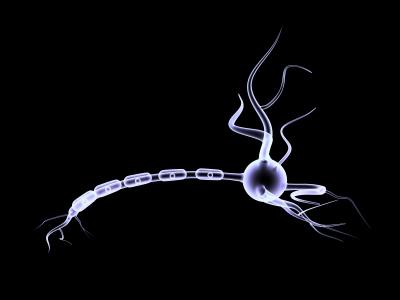
Jeffrey Baumgartner says “creative people come in all kinds of shapes, sizes, colours and personalities. What truly distinguishes them from others is that they use more of their brains to generate ideas – which provides them with more raw material for building unique ideas – and less of their brains to regulate the development and sharing of those unusual ideas.”
But we may complain when we try to learn a new skill. But adult brains may be more pliable than we thought. Research into brain plasticity suggests that we can continue to learn new things throughout our lives. Although this research has suggested that we can grow new neurons, a young child’s capacity to learn new things has always been regarded as much better. Studies have suggested that there can be an increase in grey matter in adults after weeks or months of training. Grey matter is a major component of the central nervous system and it consists of neuronal cell bodies. It consists of regions in the brain involved in muscle control, sensory perception such as seeing and hearing, memory, emotions, and speech.
By studying how children learn, some good news emerged – it is possible to induce changes in less than two hours of ‘child-like’ learning. Adults learned nonsensical names for colours. Shades of blue and green were given made-up names that lacked meaning. The training consisted of five sessions, totaling one hour and 48 minutes over three days. Listening, naming, and matching tasks were used. And the results suggest that the adult brain is t more changeable more quickly than anyone thought. We can learn new tricks and that is the first step towards being creative and gaining new insights.
Veronica Kwok and colleagues – “Learning new color names produces rapid increase in gray matter in the intact adult human cortex“.
Go here to read about Creativity – Left and Right Brain.
Photo 3d Neuron Cell” by renjith krishnan
